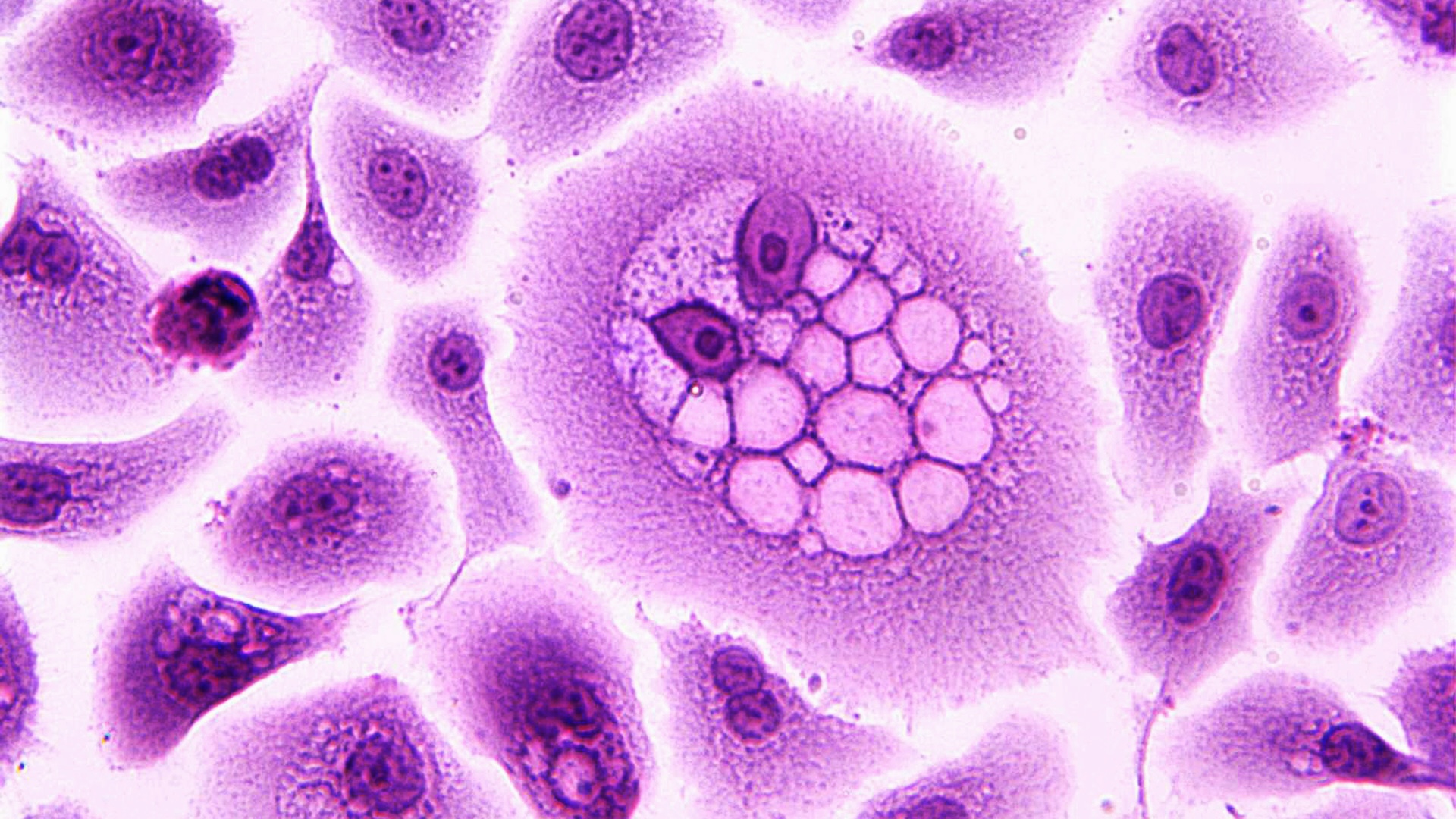Diagnostics, Vol. 13, Pages 1939: Reliability of Multiparametric Magnetic Resonance Imaging in Patients with a Previous Negative Biopsy: Comparison with Biopsy-Naïve Patients in the Detection of Clinically Significant Prostate Cancer
Diagnostics doi: 10.3390/diagnostics13111939
Authors: Biagio Barone Luigi Napolitano Francesco Paolo Calace Dario Del Biondo Giorgio Napodano Marco Grillo Pasquale Reccia Luigi De Luca Domenico Prezioso Matteo Muto Felice Crocetto Matteo Ferro
Background: Multiparametric magnetic resonance is an established imaging utilized in the diagnostic pathway of prostate cancer. The aim of this study is to evaluate the accuracy and reliability of multiparametric magnetic resonance imaging (mpMRI) in the detection of clinically significant prostate cancer, defined as Gleason Score ≥ 4 + 3 or a maximum cancer core length 6 mm or longer, in patients with a previous negative biopsy. Methods: The study was conducted as a retrospective observational study at the University of Naples “Federico II”, Italy. Overall, 389 patients who underwent systematic and target prostate biopsy between January 2019 and July 2020 were involved and were divided into two groups: Group A, which included biopsy-naïve patients; Group B, which included re-biopsy patients. All mpMRI images were obtained using three Tesla instruments and were interpreted according to PIRADS (Prostate Imaging Reporting and Data System) version 2.0. Results: 327 patients were biopsy-naïve, while 62 belonged to the re-biopsy group. Both groups were comparable in terms of age, total PSA (prostate-specific antigen), and number of cores obtained at the biopsy. 2.2%, 8.8%, 36.1%, and 83.4% of, respectively, PIRADS 2, 3, 4, and 5 biopsy-naïve patients reported a clinically significant prostate cancer compared to 0%, 14.3%, 39%, and 66.6% of re-biopsy patients (p < 0.0001–p = 0.040). No difference was reported in terms of post-biopsy complications. Conclusions: mpMRI confirms its role as a reliable diagnostic tool prior to performing prostate biopsy in patients who underwent a previous negative biopsy, reporting a comparable detection rate of clinically significant prostate cancer.

 1 year ago
27
1 year ago
27

